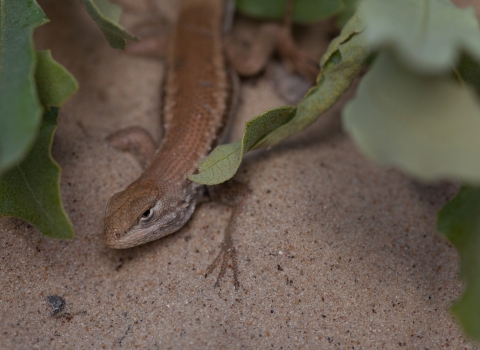Alaska Maritime National Wildlife Refuge manager, Steve Delehanty, has extended the deadline to February 20 for the public to submit ideas on issues and alternatives to address damage from unauthorized cattle on Wosnesenski and Chirikof Islands.
Submissions are being accepted by any of the following methods:
E-mail: fw7_akmaritime@fws.gov
Letter: Alaska Maritime National Wildlife Refuge; 95 Sterling Hwy, Suite 1, Homer, AK 99603
Phone: 907-235-7835, or Fax: 907-235-7783
Opportunities to comment on the draft Environmental Assessment or Environmental Impact Statement documents will also be provided.
All comments received, including those from individuals, become part of the public record, and are available to the public upon request in accordance with the Freedom of Information Act, NEPA, and Departmental policies and procedures. Name, address, phone number, e-mail address, or other personal identifying information, if attached to a comment, may be made available to the public upon request. Withholding personal identifying information from public review can be requested but cannot be guaranteed.
After the close of scoping, in accordance with the National Environmental Policy Act (NEPA), an Environmental Assessment or Environmental Impact Statement will be prepared for each island. These documents will lay out the issues, alternatives, analysis of impacts, and the preferred alternative.
Wosnesenski and Chirikof are remote, uninhabited islands located in southwest Alaska. Both islands have deteriorated wildlife habitat caused by cattle left behind when ranchers left the islands years ago. Chirikof Island was first stocked with cattle in the late 1880s when the island was leased by a large fox ranching enterprise. Cattle were introduced on Wosnesenski Island in 1938 for personal use by a resident family. Without management or predators, the cattle have multiplied. Today, there are roughly 800 cattle on Chirikof Island and 200 on Wosnesenski Island. “I have been to both islands” said Delehanty. “It’s a sad sight. The vegetation is short, some areas have been turned into bare sand dunes, there are cattle carcasses scattered around, and cattle are trampling wildlife habitat, archaeological sites, and sensitive wetlands.” Island salmon streams, lakes, and wetlands are particularly hard hit.
To get on the mailing list for the unauthorized cattle issue, please contact the refuge by any of the methods listed above.
For more information and project updates visit: http://www.fws.gov/alaska/nwr/akmar/grazing.htm
All of the over 500 National Wildlife Refuges in the U.S. are set aside for the conservation, management, and where appropriate, restoration of the fish, wildlife, and plant resources and their habitats. Alaska Maritime National Wildlife Refuge has additional purposes, including conserving marine mammals, seabirds and other migratory birds, and the marine resources upon which they rely.


